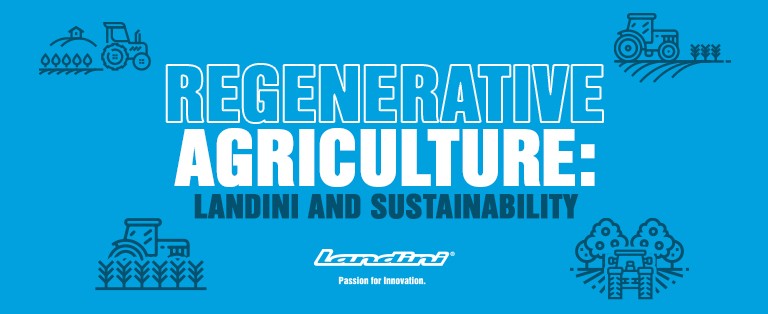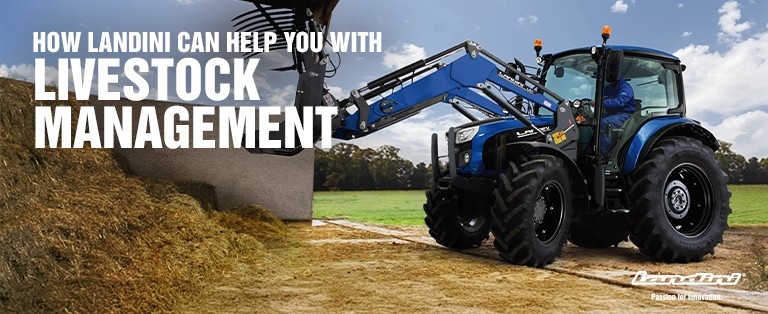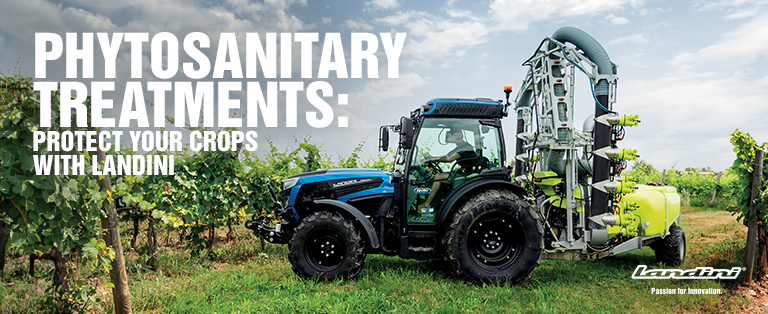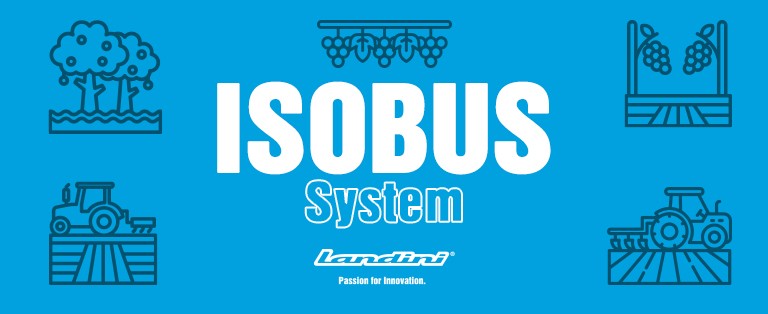REGENERATIVE AGRICULTURE: LANDINI® AND SUSTAINABILITY

Table of contents:
What is meant by regenerative and conservation agriculture?
It is no secret that today our ecosystem is experiencing a period of extreme difficulty and suffering. Although agriculture is the primary source of food for humans, according to a report by the Food and Land Use Coalition (FOLU), it is also “a source of stress to ecosystems and a risk to biodiversity”. Water consumption, pesticide use, intensive farming and cultivation, and emissions of pollutants due to fuels are only some of the factors that attribute this sad record to agriculture. Consequently, there is now a need for a new approach, a change in the production paradigm, in favour of logics capable of conserving the soil ecosystem from a chemical-physical and biodiversity standpoint. An approach aimed at environmental sustainability, such as that of conservation and regenerative agriculture. By these terms we refer to practices that regenerate the soil rather than deplete it, reduce carbon emissions and combat climate change. The most common of these practices are:
- Increasing biodiversity: integrating different crops and agroforestry practices
- Minimal soil disturbance: reduce or eliminate ploughing and other tillage activities
- Soil cover: maintain cover crops to protect against erosion.
- Crop rotation: alternating different crops to prevent nutrient depletion in the soil
- Composting: using organic compost to enrich the soil with nutrients
- Water conservation: improving the soil’s capacity to retain water and reducing its use in agricultural activities
These and many other practices have been widespread for a long time and continue to evolve. But how can we help too? Agricultural machines can also actively play their part.
More sustainable agricultural machinery is a reality
Agricultural mechanisation contributes positively to the paradigm shift. There is an increasingly compelling need to design and manufacture new machines that are better tailored to a sustainable farming approach.
An initial intervention in the design and use of tractors and agricultural implements has a very specific goal: to avoid damaging the chemical and physical structure of the soil. How? By adopting less intensive tillage techniques that concentrate on the top layer of soil without spoiling it. One tractor technology that has developed along these lines is the remote tyre inflation system, designed to enable the operator to minimise soil compaction by decreasing tyre pressure when entering the field and increasing it when driving on the road, all from the comfort of the driver’s seat.
Landini is at the forefront of developing technologies that improve and promote sustainability; the EazyGrip system is just one example. Available on Serie 7 models, this ISObus-operated solution adjusts the desired pressure by stopping automatically when the pre-set level is reached, reducing soil compaction, fuel consumption, tyre wear and optimising soil productivity.
Learn more about tyre management and the EazyGrip system.
Landini®’s commitment to defending the planet.
One thing that has always set Landini apart is the desire for innovation that has guided research and development of tractors and technologies since the company was founded in 1884.
Today, this passion is being seriously applied to the most important challenge of our time: sustainability. Our goal is to give the planet a better future and to do this we have developed a series of digital solutions that make our vehicles and your work more eco-friendly.
Landini tractors equipped with Stage V engine can be delivered with an annual subscription to Digital Solutions that can monitor crops and yields, increase productivity, contain costs, reduce water consumption and the use of chemicals. Another important accomplishment is that of Full Hybrid motorisation, a solution we have achieved on the specialist ranges, but which we want to expand more and more.
We are at your side for more efficient work and at the side of the environment for a more sustainable future.



